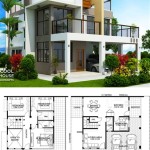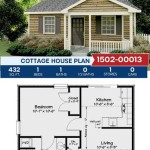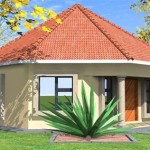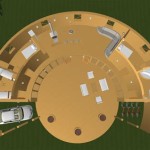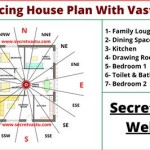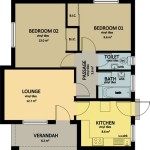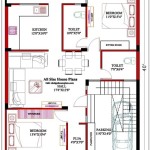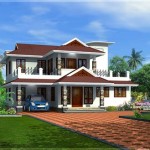Essential Aspects of Bamboo House Building Plans
Bamboo, a renewable and versatile material, is gaining popularity in sustainable construction. Creating bamboo house building plans requires careful consideration of various aspects to ensure structural integrity, durability, and aesthetics.
Here are some essential factors to consider when developing bamboo house plans:
Bamboo Selection
Selecting the appropriate bamboo species is crucial. Different species vary in strength, durability, and resistance to pests and moisture. Consult with a bamboo expert or engineer to determine the most suitable species for your specific needs.
Structural Design
The structural design of a bamboo house is paramount for safety and stability. Engineers can design plans that utilize bamboo's inherent strength and flexibility to create resilient structures. It's important to consider the type of structure, load-bearing requirements, and local building codes.
Treatment and Preservation
Properly treating and preserving bamboo can significantly enhance its durability and lifespan. Treatments such as boron impregnation or high-pressure preservation can protect bamboo from insects, fungi, and moisture. Consult with professionals to determine the most effective treatments for your project.
Construction Techniques
Specialized construction techniques are employed to assemble bamboo houses. Methods such as bamboo reinforcement, joinery techniques, and anchorage systems ensure structural stability and durability. Builders experienced in bamboo construction can provide guidance on the best techniques for your project.
Ventilation and Thermal Performance
Proper ventilation is crucial to prevent moisture accumulation and ensure indoor air quality. Bamboo houses naturally have good ventilation due to the open structure of the material. Incorporating additional ventilation elements, such as windows, vents, and cross-ventilation, can further enhance thermal performance.
Fire Resistance
While bamboo is naturally fire-resistant, additional measures may be necessary to meet fire safety regulations. Treatments or coatings can enhance fire resistance, and fire-resistant materials can be incorporated into the construction design.
Sustainability and Environmental Impact
Bamboo houses promote sustainability due to the renewable nature of bamboo and the reduced use of conventional materials. Using bamboo helps conserve forests, reduce carbon emissions, and create environmentally friendly structures.
By considering these essential aspects in your bamboo house building plans, you can create sustainable, durable, and aesthetically pleasing structures that showcase the unique properties of this versatile material.

Bamboo House

Blooming Bamboo Home By H P Architects

Low Cost Bamboo Housing In Vietnam By H P Architects House Architecture

Avoiding Gridlock In Your Home

Gallery Of Energy Efficient Bamboo House Studio Cardenas Conscious Design 15

Bamboo House Inhabitat Green Design Innovation Architecture Building

Integer Bamboo House The Oval Partnership Inhabitat Green Design Innovation Architecture Building

Convento House A Bamboo Home Built For 15 000

Avoiding Gridlock In Your Home

Bamboo Living International Building Design Exhibits

